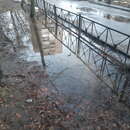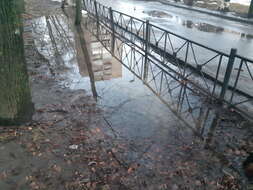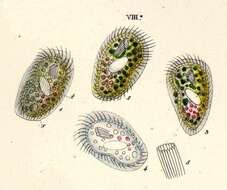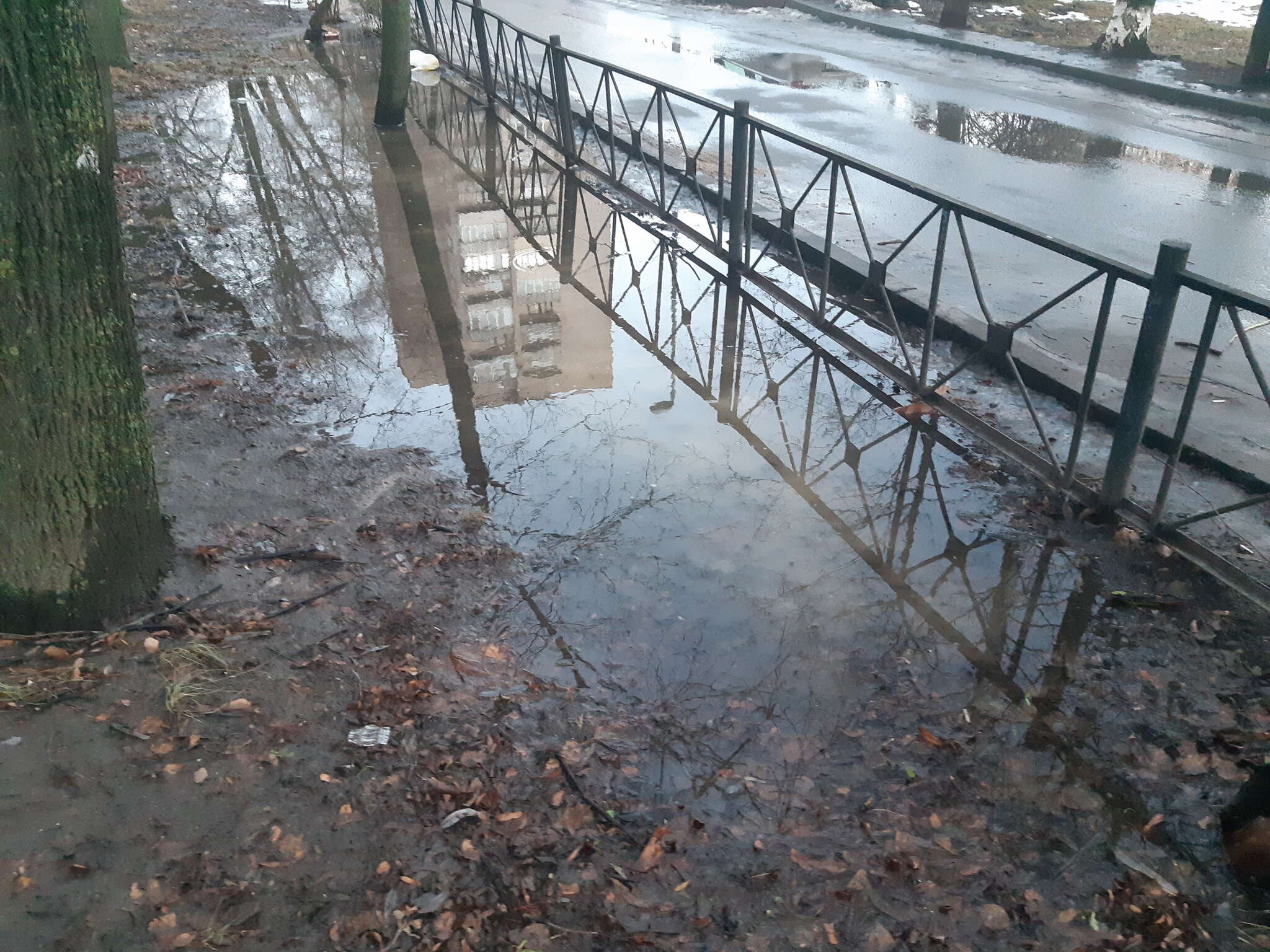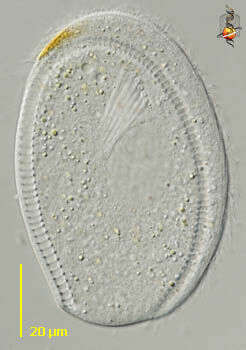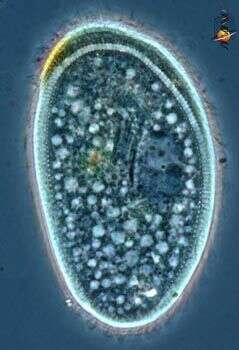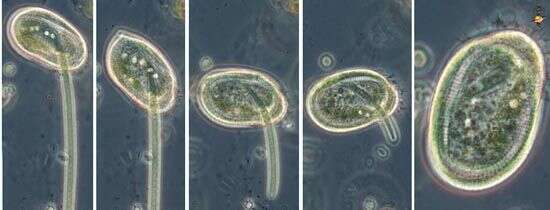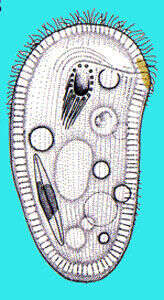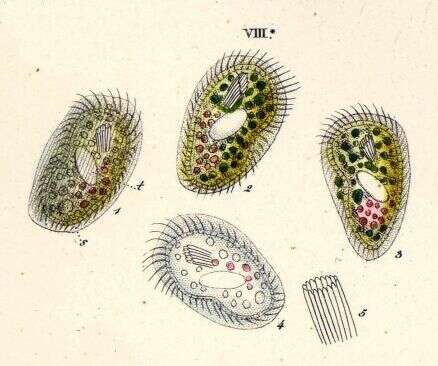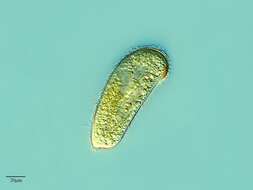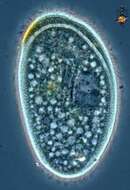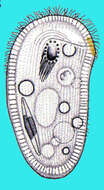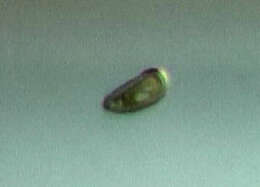-
-
Es Pujols, Balearic Islands, Spain
-
Chlamydodon (clam-ee-doe-don), alga-eating hypostome ciliate. This cell was photographed immediately after dividing. During the division process, the cells do not eat. Food ingested before division is initiated is digested, with the rest that the cytoplasm is very empty and the major organelles can be seen with some clarity: orange zone, ingestion apparatus, macronucleus and railway track. Differential interference contrast.
-
Chlamydodon (clam-ee-doe-don), alga-eating hypostome ciliate, so called because the mouth opens on the ventral surface of the cell. Common in marine habitats. The mouth is used to ingest filamentous algae - and a separate series of images illustrates this process. Phase contrast.
-
Chlamydodon (clam-ee-doe-don), alga-eating hypostome like many other hypostome ciliates, eats filamentous bacteria - such as filamentous blue green algae. They make contact with the filament, move along up and down until they find an end. They then tip over, pushing the end of the filament into the mouth - a cylindrical structure supported by a palisade of microtubular rods . They then start to suck the filament into the cell. As it hits the posterior margin, the cell is deformed by the stiff filament. The food is stunningly quickly degraded and begins to break and fold so that the cell can pull in a filament very much longer than itself. Yum. Phase contrast.
-
-
Video showing how this ciiate collected from Cedar Swamp around Woods Hole moves around. Really cute guy.
-
Originally described by Ehrenberg under the name Chlamidodon mnemosyne.

